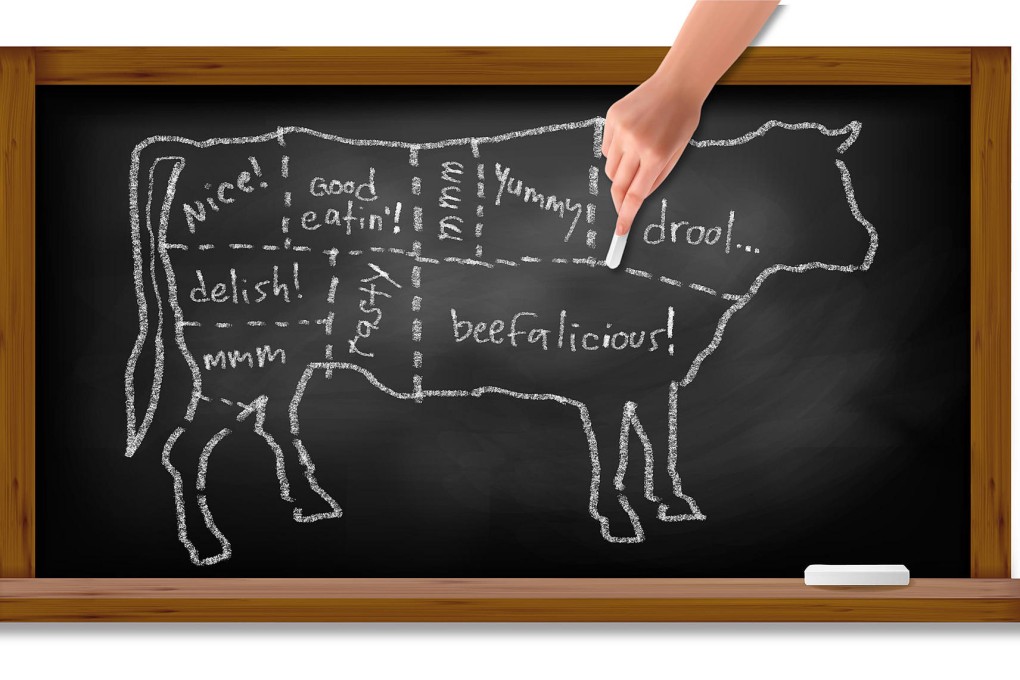
If you were to visit the average American-style steakhouse – the kind that offers prawn cocktails and iceberg lettuce salad for starters – you could be forgiven for thinking that there are just a few cuts of steak. They all serve filet mignon (and a more boring piece of beef I can’t imagine), rib-eye, sirloin and strip steaks; and the more expensive places usually also list a porterhouse steak and/or a T-bone.
So I’m happy on those rare occasions when I am offered something different.
My absolute favourite steak is called (depending on who you ask) the “deckle”, “blade” or “cap” (and there are probably a few other names, too). Some people argue that the deckle is part of the brisket, but the cut I’m referring to is the very marbled, tender and flavourful cap that covers the “eye” part of the rib steak. It’s not the prettiest piece of meat because it’s unevenly shaped; but because it is so fatty (which some people actually dislike), it’s very tender, even if cooked beyond medium.
And unlike the filet mignon, which is tender because it’s an underused muscle, the cap meat has a lot of flavour. It’s very hard to find as a separate steak, because more often than not the rib steak is sold intact, with the eye and cap portion connected.
I’ve only ever seen it once on a menu and have never found it sold as a separate cut at a butcher’s shop.
Another steak I love is called the hanger, or quite often (even on menus in English) the onglet. This cut of meat hangs from the cow’s diaphragm and, unlike most other parts of the animal (of which there are two – from either side of the cow), there’s only one hanger. This cut isn’t that tender, so it shouldn’t be cooked beyond medium-rare, but the flavour is very deep and beefy. The onglet is most often found on the menu at French bistros. Butchers frequently sell it untrimmed, so it takes a bit of work (and a very sharp knife) to prepare. It’s a long, flattish cut of meat that needs to be separated lengthwise into two uneven pieces. First, trim off any silverskin from the exterior of the meat, then lay it on a cutting board. You’ll see a silvery membrane that runs the entire length of the meat – this part needs to be removed. Start by running a very sharp knife along one side of the membrane, then keep cutting deeper until your knife reaches the cutting board and you end up with one piece of meat without any membrane. After that, slice the membrane from the other side of the hanger. The two pieces of meat can be cooked whole, or sliced into smaller steaks. Season the meat with plenty of salt, and a marinade, if you like. Sear the steaks in a very hot pan until medium-rare.
